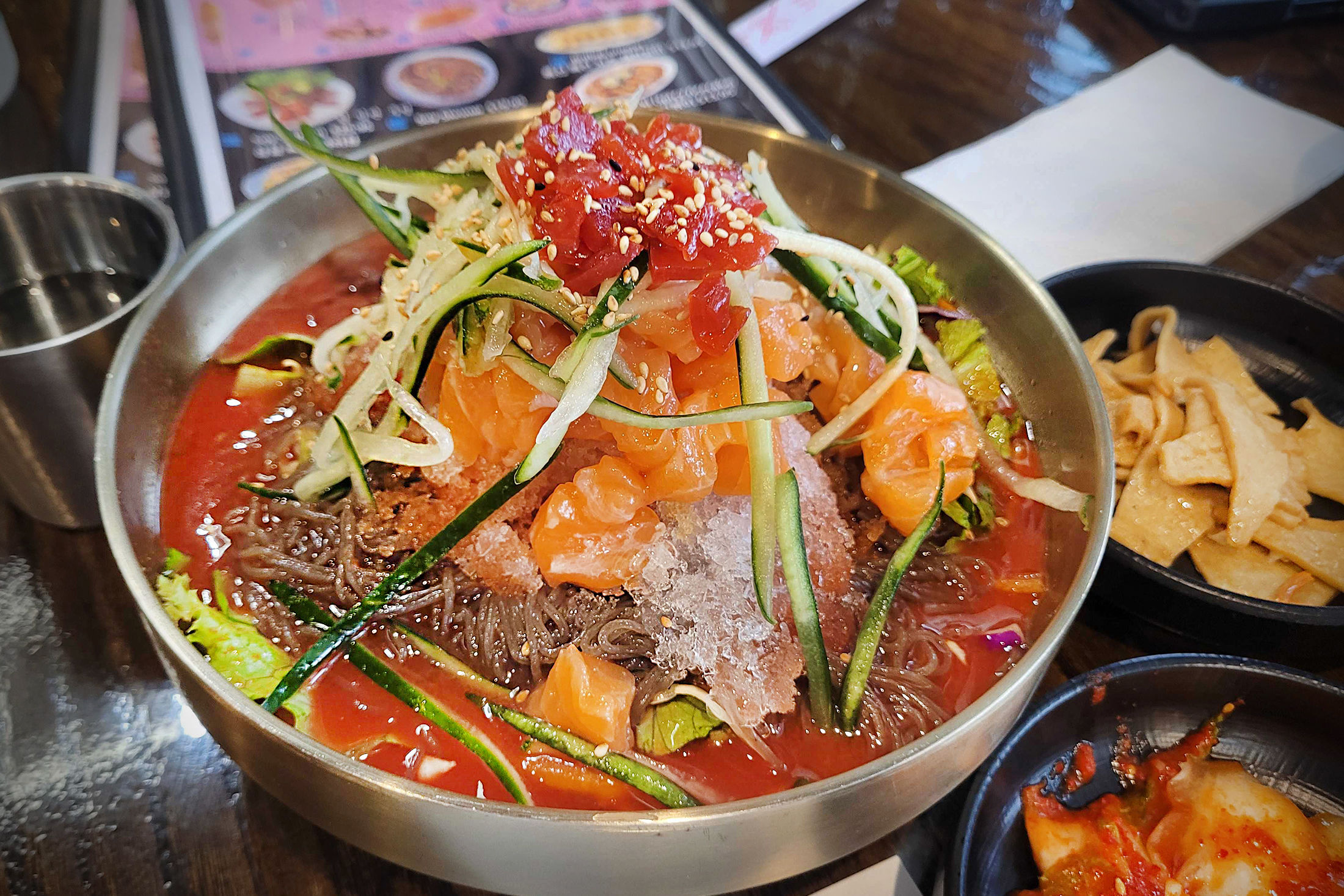Houston’s First Korean Ramen Convenience Store Opens in Asiatown
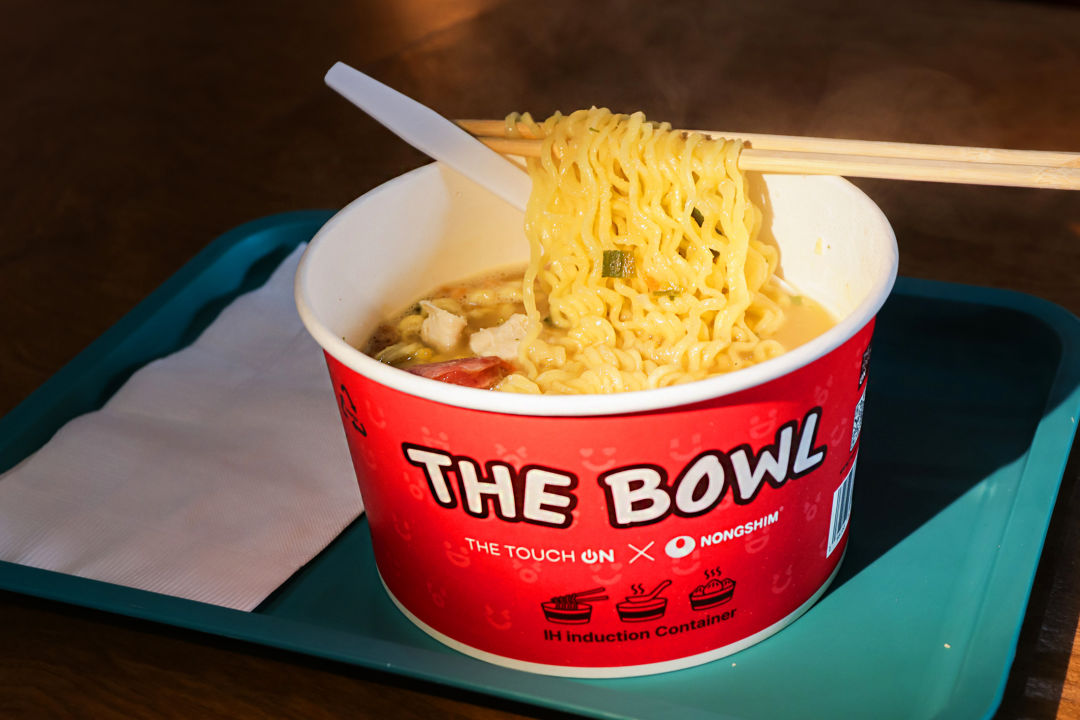
Image: Marco Torres
For years, Korean food has dominated our social media feeds. Visions of convenience store drinks, cup ice, and DIY-ed instant ramen (or, in Korean, ramyeon) have lingered on, garnering thousands of likes, mukbangs, and taste tests. Even globally famous K-pop stars have gotten in on the trend, demonstrating their own ramen hacks for fans to try out. And now, in Houston’s Asiatown, a new restaurant promises the closest thing to an Instagrammable Korean convenience store experience.
Walking into Ramen Alley feels like an international trip. Diners are welcomed by a giant shelf stocked high with nearly every Korean ramen brand in existence. Plastic tables and maroon stools evoke a roadside dining experience—casual and devoid of pretension. The back wall of the small restaurant is adorned with vintage posters, ranging from faded advertisements for ramen to posters of K-pop stars. The scent of spicy instant noodles lingers in the air, as excited customers flitter back and forth between toppings, snacks, and pouches of fruit-flavored drinks.

Image: Marco Torres
Owner Stacey Shin and her family, who run Myung Dong Kyoja Noodles, the popular Korean noodle spot next door, are behind the latest ramen craze.
The Shins opened the Korean restaurant in 2020, hoping to expand the area’s Korean offerings. But after a few years, they realized the space for MDK Noodles was too large. The solution? Carve out a corner for ramen. “I went to the Hangang River [in South Korea], and I was blown away by all these [ramen] machines,” explains Shin, describing the automated ramen machines that use induction heating to cook ramen in bowls, creating a no-mess, no-fuss dining experience. Even Korean celebrities have purchased entire machines for their homes.

Image: Marco Torres
But Shin didn’t just want it to be a spot for instant noodles. She wanted her new shop to elicit the feel of South Korea’s 24-hour convenience stores; places like CU, GS25, and Asia-owned outposts of the American chain 7-Eleven are renowned for their high-quality food offerings and ready-to-eat meals, such as microwavable soup dumplings, rice boxes, onigiri, and a variety of noodles. These convenience stores are so popular that CNN Travel reported in 2023 that the country operated an estimated 55,200 convenience stores—an average of one store for every 950 people. Online, influencers like Jiny Maeng (@jinymaeng) and Joshua Kirby (@koreannosh) have gained followers by sharing the convenience experience. In most convenience store social media posts, eating a DIY bowl of noodles is an absolute must.
Now, Shin runs her own little slice of ramen heaven. Originally a design major, Shin worked diligently to create a space that was unique and reflective of the Korean convenience store experience. She designed Ramen Alley’s cat mascot and even found prints of vintage advertisements and posters to make a retro accent wall. Along the left side of the restaurant is an army of ramen machines, welcoming diners to make their DIY noodles. A giant ramen shelf and racks of snacks are situated front and center, while the toppings sit in a fridge, ready to be chosen and heated up.
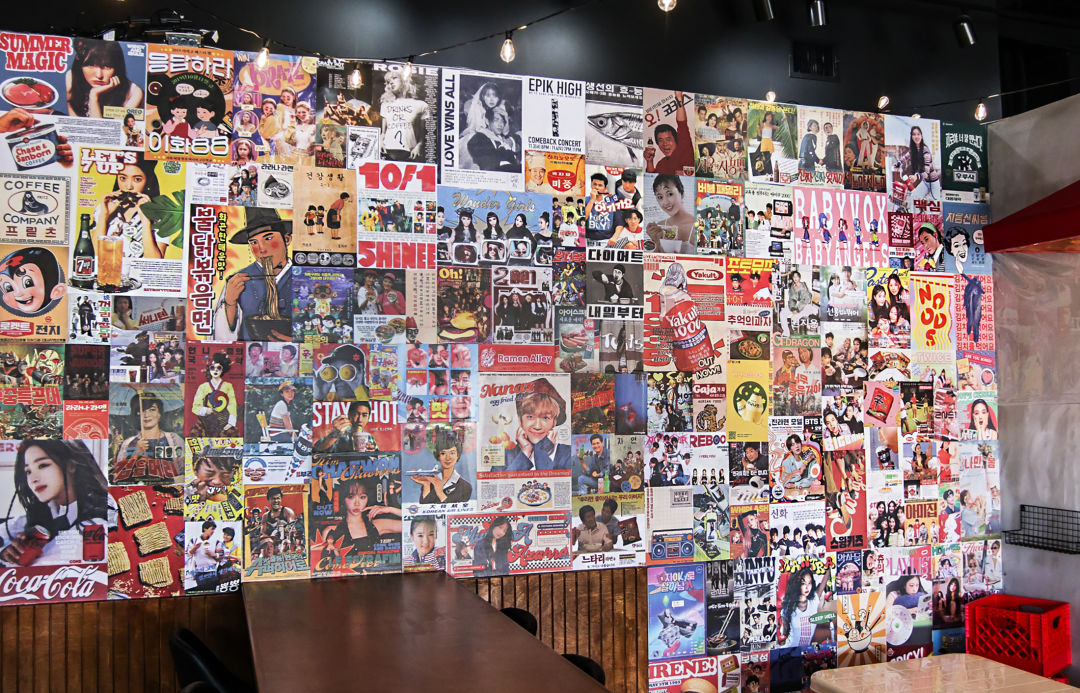
Image: Marco Torres
At Ramen Alley, a ramen bowl with three toppings will run diners just under $9—a decent deal in today’s economy. It’s also easy to score a variety of Korean snacks and drinks, ranging from shark-shaped popsicles to the crunchy, multilayered Turtle Chips.
Shin says waves of customers have visited her shop, excited to try their hand at something they’ve only seen online, even if it is just instant ramen. Part of the appeal of Ramen Alley is the growing prevalence of Korean culture in the American mainstream. Interest in Korean food, music, and products has soared in recent years, driven by viral K-pop acts like BTS and Twice, alongside Netflix’s iconic Squid Game series and the recent animated hit KPop Demon Hunters. In Houston, Korean restaurants have also received their fair share of attention: Diners love frequenting Korean corn dog shops in Asiatown and Korean barbecue restaurants throughout the city.
“The other half [of customers], they’re just genuinely confused,” Shin admits, with a laugh. She recognizes that the idea of eating instant ramen in a restaurant may seem goofy to some, but in South Korea, it’s an everyday thing.
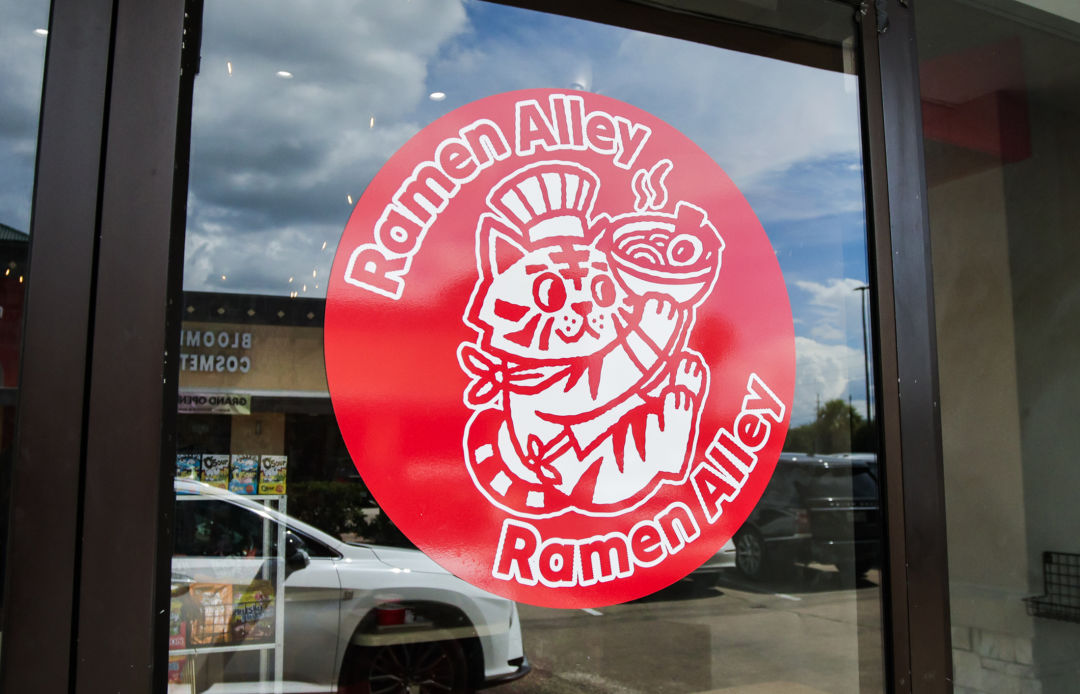
Image: Marco Torres
Still, Ramen Alley is somewhat distinct from the average Korean restaurant. The shop is more about the experience: trying Korean ramen in an affordable, DIY way without requiring a laborious trip to the grocery store to buy all the ingredients, and simulating the setting of a South Korean convenience store, without requiring an international flight.
Shin says her goal is to provide an affordable third place in Asiatown, particularly for young diners, who are often looking for a spot to hang out with friends. Ramen Alley plans to expand its offerings to include free Wi-Fi and board games. Although still in its soft opening phase, with people largely popping in based on word of mouth, Shin says customers have been trickling in. One person has already booked the space for a birthday party.
Who knew instant noodles could be more than a struggle meal?
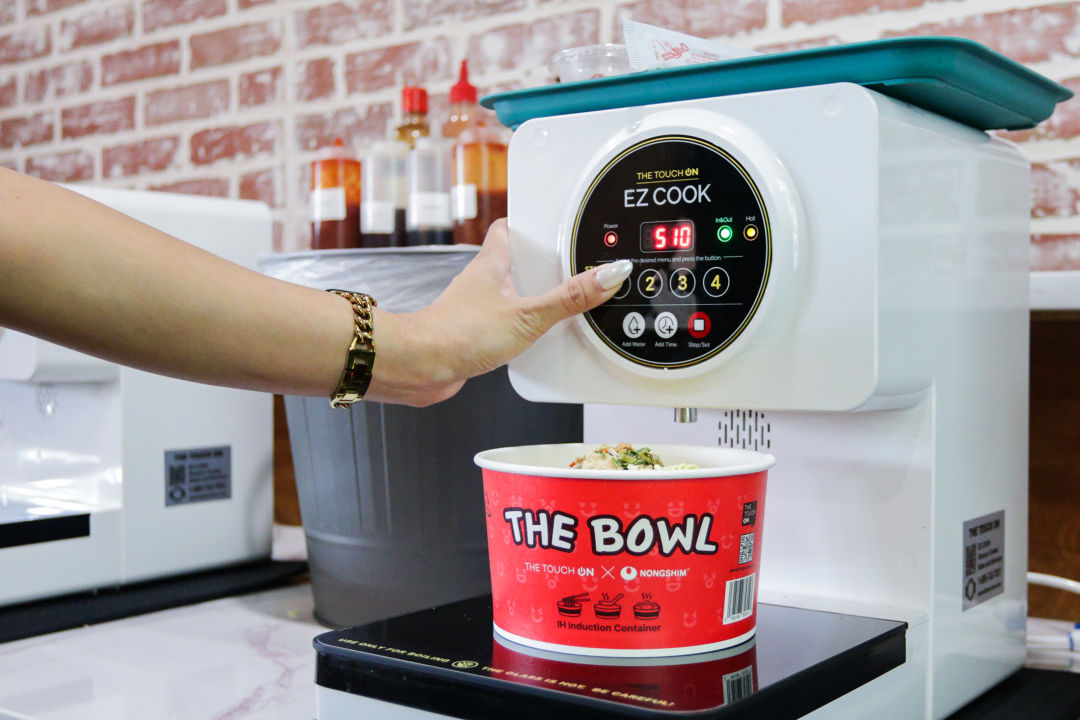
Image: Marco Torres
How to Dine at Ramen Alley
Step 1: Pick your base.
Packs of ramen here cost $6 each and feature popular flavors and Korean classics, including spicy Shin Ramyun, Jin Ramen, seafood soup–flavored Neoguri, and viral tear-inducing spicy Buldak ramen. Ramen variety is of utmost importance here, says Shin, who notes that her noodle choices are more diverse than the H Mart next door.
Step 2: Choose your toppings.
Toppings, which range in price from $0.25 to $0.75, include bulgogi beef, kimchi, cooked bok choy, mushrooms, mozzarella cheese, and even milk. (Shin says it’s common in South Korea to add a splash to spicy ramen to add creaminess to soups.) Diners can also opt for the bundle deal and choose three toppings for $2.
Step 3: It’s time to cook your ramen.
Place your bowl onto the machine stovetop, add the raw ramen, and hit start. When everything starts to bubble and boil, add in your toppings and wait for everything to warm up. When the timer beeps, take the bowl out to the cashier counter and pay for your meal.
Step 4: Enjoy, but don’t forget: The camera eats first!


